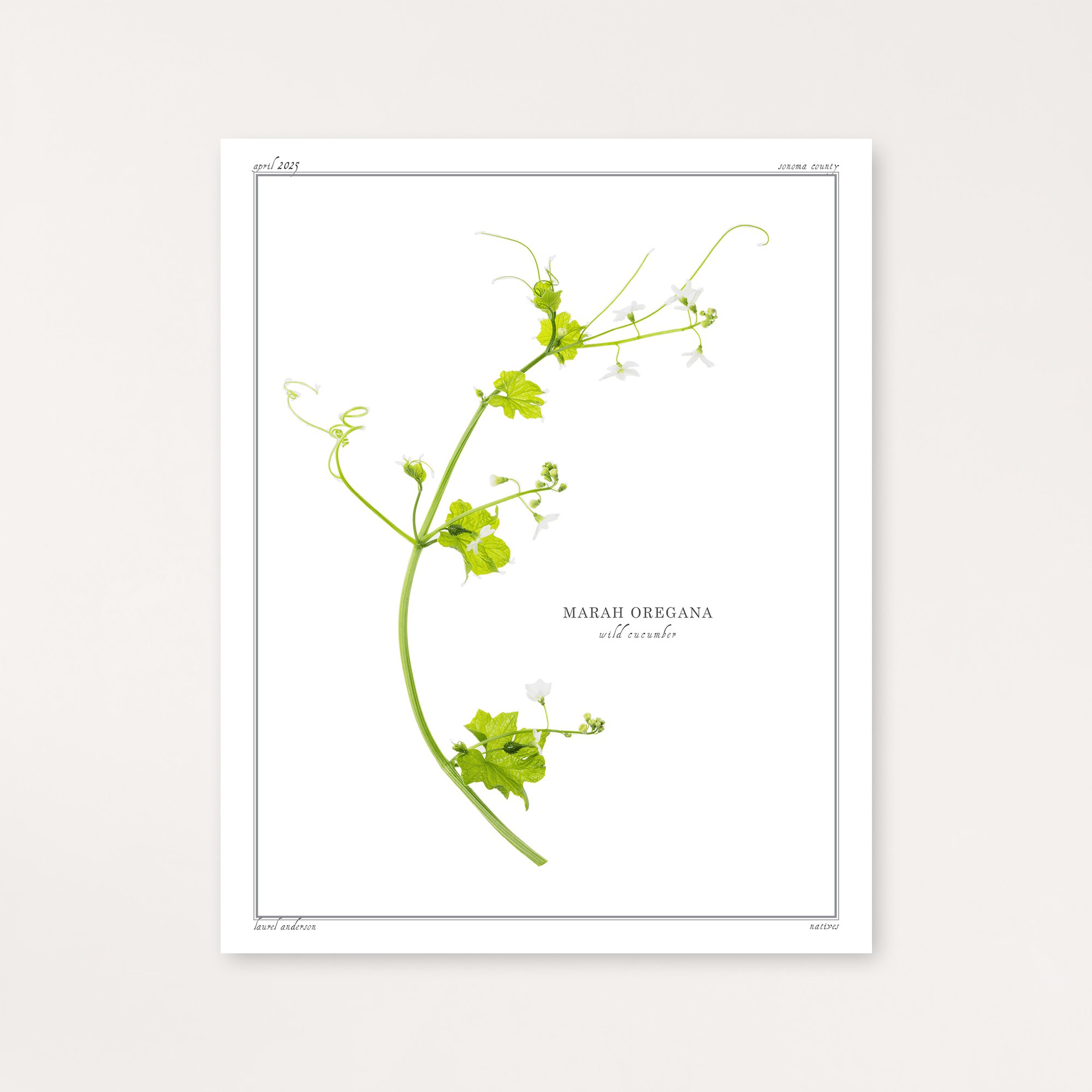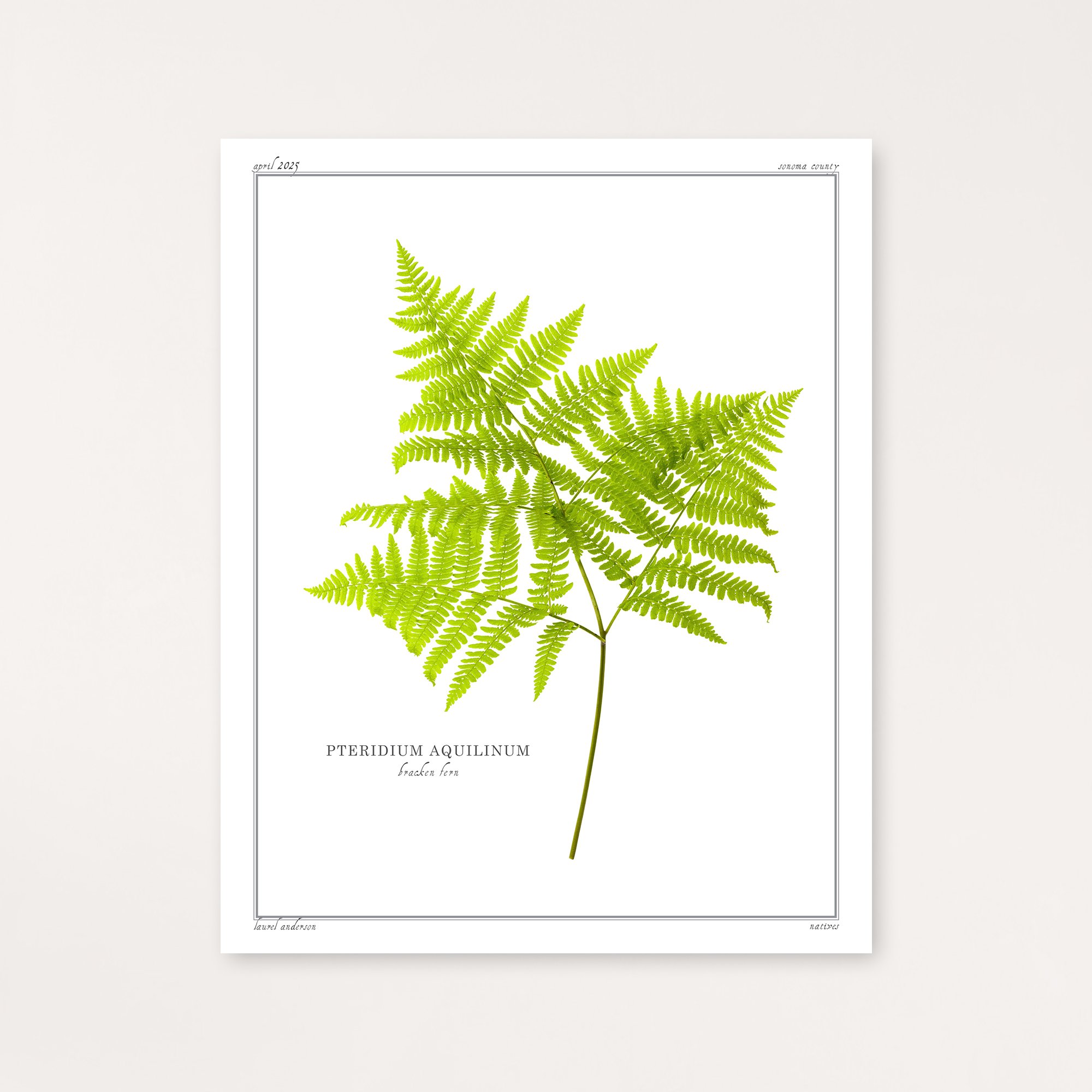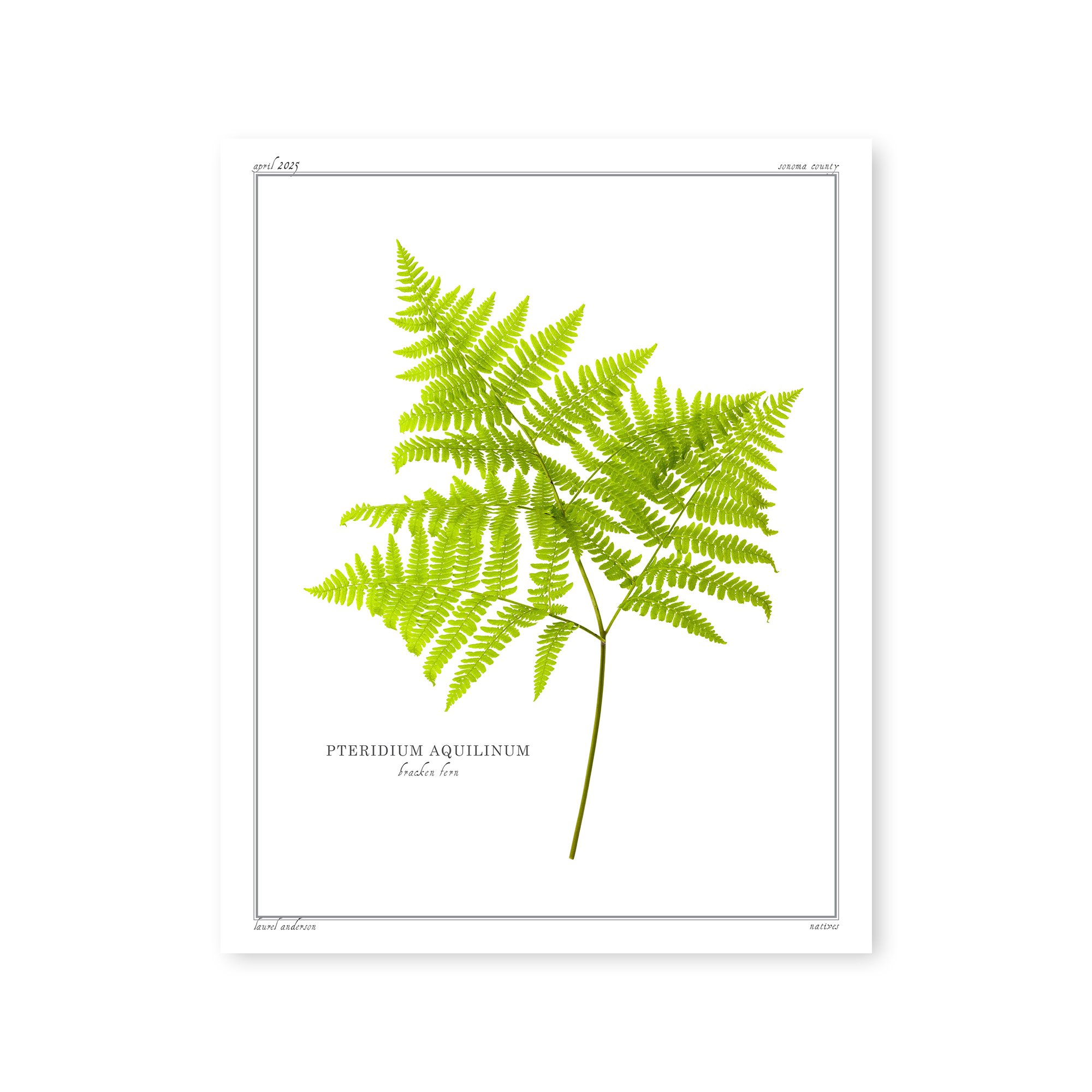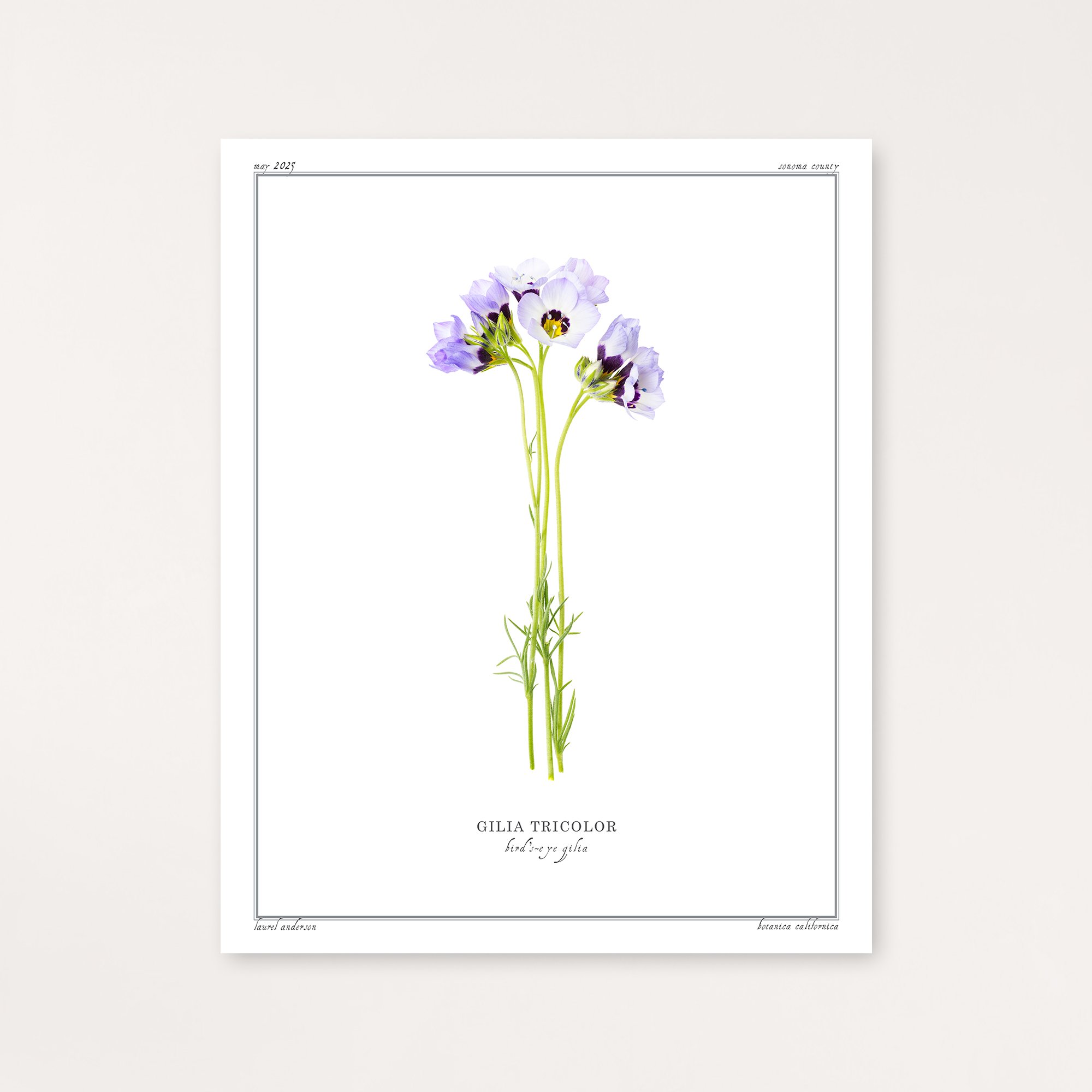 Image 1 of 2
Image 1 of 2

 Image 2 of 2
Image 2 of 2



Western Wild Cucumber
Western Wild Cucumber, Marah oregana, also known as Coast Manroot, is a native perennial vine found along the Pacific coast from northern California to British Columbia. This remarkable plant emerges from a massive tuber weighing up to 100 pounds, with irregular swollen lobes and arm-like extensions that earned it the colorful nickname "old man-in-the-ground.”
Indigenous peoples utilized the large tuber, which contains a soapy substance, as a hand cleanser and to stupefy fish when crushed and placed in stream pools. The genus was originally named Echinocystis by botanists Torrey and Gray, amusingly derived from the Greek words echinos (hedgehog) and kustia (bladder), perfectly describing its spiny, inflated fruits.
Made by the artist using archival quality pigment ink on Moab's Moenkopi Unryu 55, a beautiful Japanese washi paper.
Western Wild Cucumber, Marah oregana, also known as Coast Manroot, is a native perennial vine found along the Pacific coast from northern California to British Columbia. This remarkable plant emerges from a massive tuber weighing up to 100 pounds, with irregular swollen lobes and arm-like extensions that earned it the colorful nickname "old man-in-the-ground.”
Indigenous peoples utilized the large tuber, which contains a soapy substance, as a hand cleanser and to stupefy fish when crushed and placed in stream pools. The genus was originally named Echinocystis by botanists Torrey and Gray, amusingly derived from the Greek words echinos (hedgehog) and kustia (bladder), perfectly describing its spiny, inflated fruits.
Made by the artist using archival quality pigment ink on Moab's Moenkopi Unryu 55, a beautiful Japanese washi paper.



















